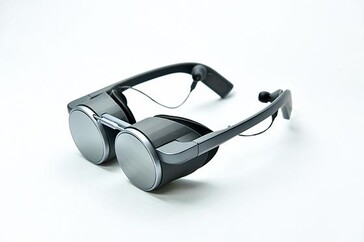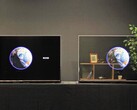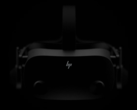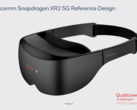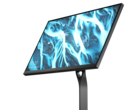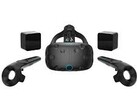VR was considered the next best thing several years ago, but, due to slower technological advancements that limited resolutions to sub-2K for too long, the trend considerably cooled off in the past couple of years. Panasonic is now trying to revitalize the VR scene at CES 2020 with the announcement of 4K glasses that even support HDR.
One of the problems that hindered a wider VR tech adoption is the bulky size of the headsets. Panasonic managed to elegantly tackle this issue by making the new glasses almost as light as a regular pair of shades. This was achieved by combining light VR displays produced by Kopin Corp. with Panasonic’s proprietary audio / video technologies, including signal processing featured in its high-end OLED TVs and Blu-ray disc players, acoustic refinements from the Technics audio devices, plus optical lenses from the LUMIX digital cameras.
The displays developed in collaboration with Kopin are the most advanced micro-OLED panels to date. Due to quadrupling the resolution of current high-end VR headsets, the “screen door effect” is effectively eliminated. Sound-wise, Panasonic implemented Technics’ dynamic drivers with magnetic fluids that are no larger than regular in-ear headphones.
Unfortunately, these lightweight VR glasses are not meant for commercial release just yet, most likely because of enormous production costs. However, Panasonic promised that it will further develop this concept and possibly release it when full-scale commercial 5G services see increased adoption across the world.
I first stepped into the wondrous IT&C world when I was around seven years old. I was instantly fascinated by computerized graphics, whether they were from games or 3D applications like 3D Max. I'm also an avid reader of science fiction, an astrophysics aficionado, and a crypto geek. I started writing PC-related articles for Softpedia and a few blogs back in 2006. I joined the Notebookcheck team in the summer of 2017 and am currently a senior tech writer mostly covering processor, GPU, and laptop news.
> Expert Reviews and News on Laptops, Smartphones and Tech Innovations > News > News Archive > Newsarchive 2020 01 > Panasonic unveils world's first UHD HDR VR glasses
Bogdan Solca, 2020-01-10 (Update: 2024-08-15)





